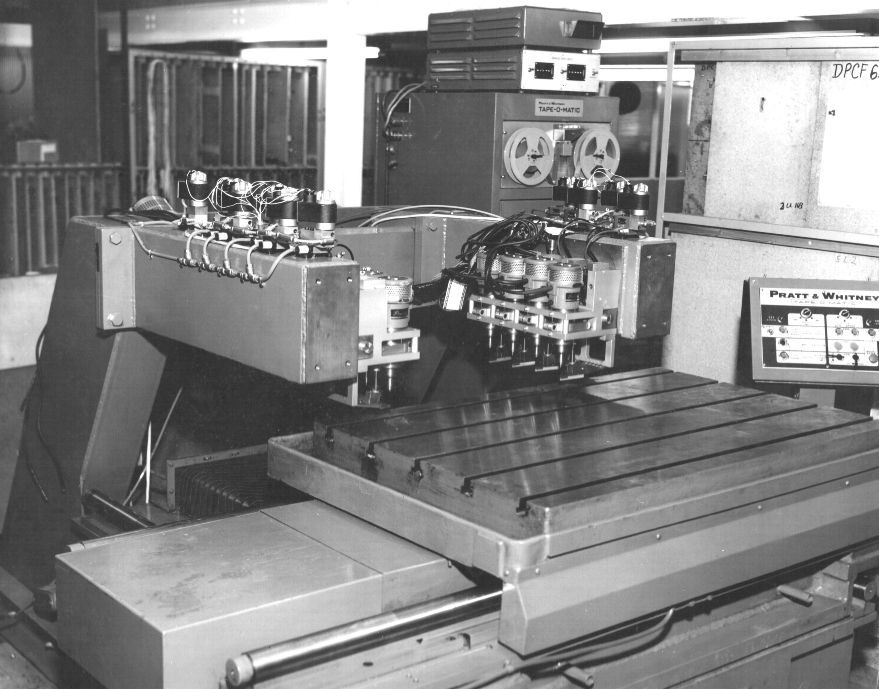Angus Bryant Symons
Angus Bryant Symons
- This topic has 11 replies, 4 voices, and was last updated 14 November 2014 at 00:21 by
 Michael Gilligan.
Michael Gilligan.
Viewing 12 posts - 1 through 12 (of 12 total)
Viewing 12 posts - 1 through 12 (of 12 total)
- Please log in to reply to this topic. Registering is free and easy using the links on the menu at the top of this page.
Latest Replies
Viewing 25 topics - 1 through 25 (of 25 total)
-
- Topic
- Voices
- Last Post
Viewing 25 topics - 1 through 25 (of 25 total)
Latest Issue
Newsletter Sign-up
Latest Replies
- A little bit on the side
- Trilever lathe
- 2 New Atom ??s: Changing Parts and Lost Planes,
- Unusual Crow Bar Type Tool? Fire Brigade?
- smokeless cutting oil
- “Your Sketch Is Not Closed,” says Alibre Atom, “So tough!”HERE?ERE?
- Starting up again if I can find a plan
- Isle of Man hobby engineer!
- Plain bearing speeds
- Boiler Design – issue 4765





